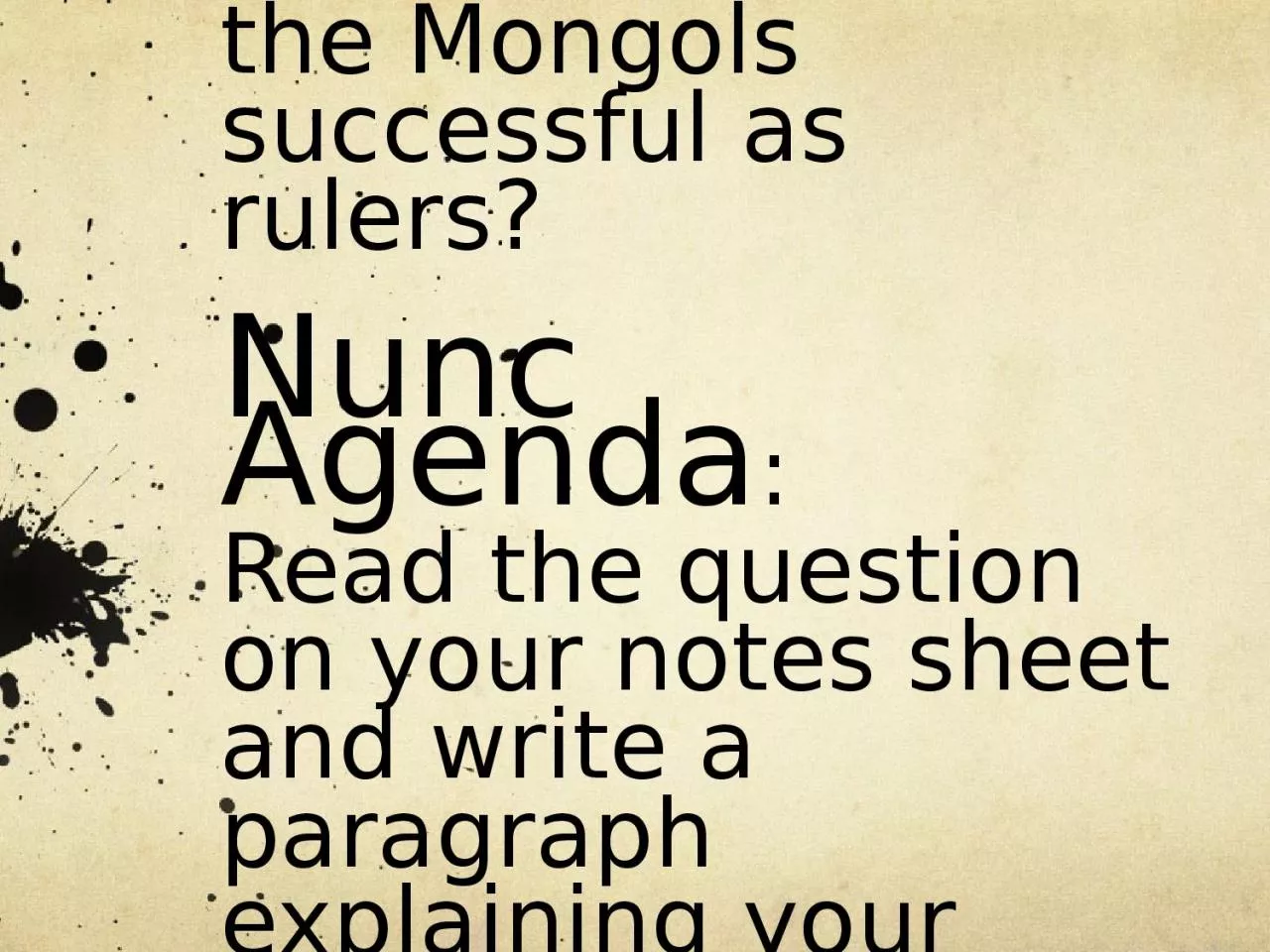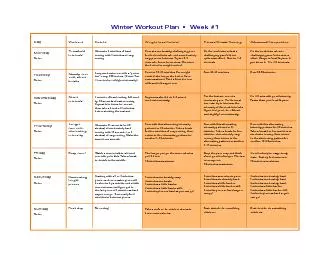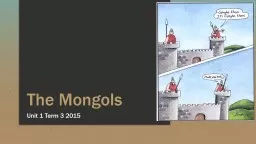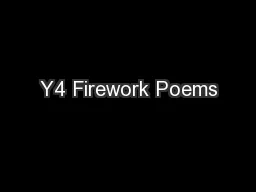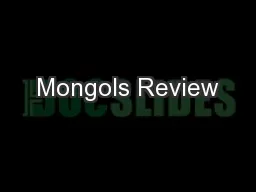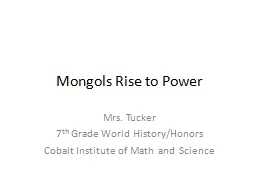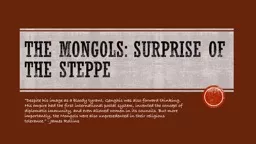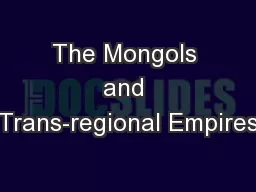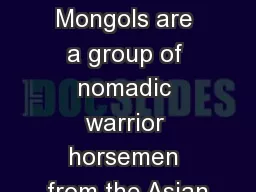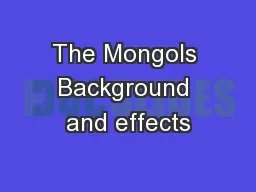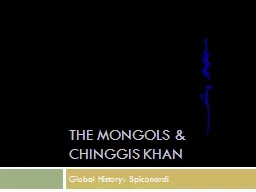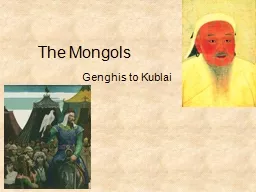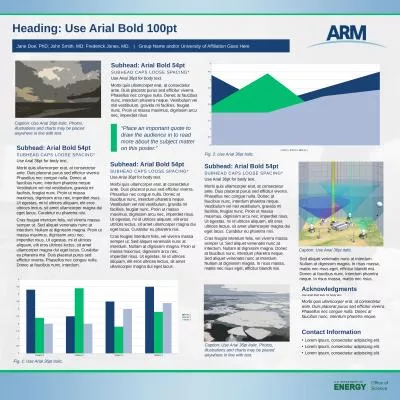PPT-Quaestio: Were the Mongols successful as rulers? Nunc Agenda: Read the question on your
Author : ventuilog | Published Date : 2020-08-29
Nunc Agenda Read the question on your notes sheet and write a paragraph explaining your response Yelü Chucai was Confucian scholar who worked for the Jin Dynasty
Presentation Embed Code
Download Presentation
Download Presentation The PPT/PDF document "Quaestio: Were the Mongols successful as..." is the property of its rightful owner. Permission is granted to download and print the materials on this website for personal, non-commercial use only, and to display it on your personal computer provided you do not modify the materials and that you retain all copyright notices contained in the materials. By downloading content from our website, you accept the terms of this agreement.
Quaestio: Were the Mongols successful as rulers? Nunc Agenda: Read the question on your: Transcript
Download Rules Of Document
"Quaestio: Were the Mongols successful as rulers? Nunc Agenda: Read the question on your"The content belongs to its owner. You may download and print it for personal use, without modification, and keep all copyright notices. By downloading, you agree to these terms.
Related Documents

